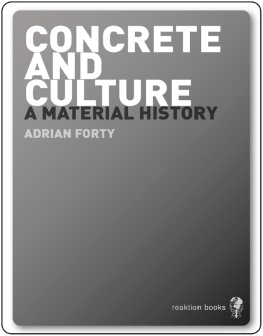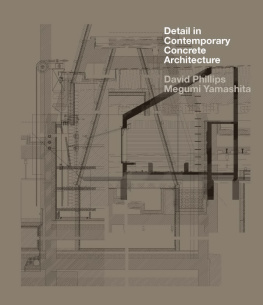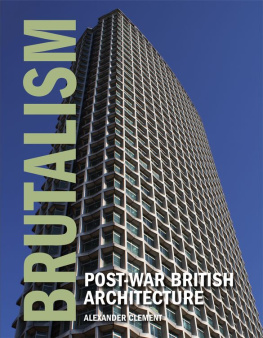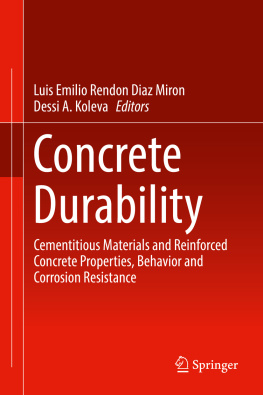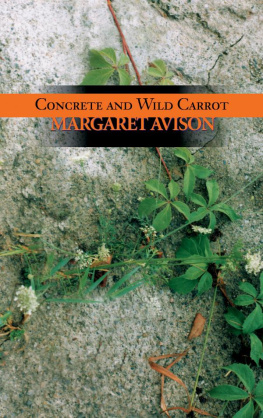This collection copyright Coach House Books and E. R. A. Architects, 2007
Individual attributed entries copyright the authors, 2007
first edition
This epub edition published in 2010. Electronic ISBN 978 1 77056 031 4.
Views expressed herein are those of the authors exclusively. Responsibility for opinions expressed, accuracy of information and any rights to reproduce supplied images or texts rest with the authors.
No part of this book may be reproduced or utilized in any form or by any means, electronic or mechanical, or by any information storage and retrieval system without written permission of the publisher.

This publication was funded in part by the the Assistance for the Promotion of Architecture program at the Canada Council for the Arts. The publisher would also like to thank, for their support, the Block Grant programs of the Canada Council for the Arts and the Ontario Arts Council. We also acknowledge the Government of Ontario through the Ontario Book Publishing Tax Credit program and the Government of Canada through the Book Publishing Industry Development Program.
Library and Archives Canada Cataloguing in Publication
Concrete Toronto : a guide to concrete architecture from the fifties to the seventies / edited by Michael McClelland and Graeme Stewart.
ISBN 978-1-55245-193-9
1.Architecture--Ontario--Toronto--20th century. 2.Concrete construction--Ontario--Toronto--History--20th century. 3.Toronto (Ont.)--Buildings, structures, etc.--History--20th century. I.McClelland, Michael, 1951- II.Stewart, Graeme, 1981
NA4125.C66 2007 720.971354109045 C2007-905650-4
With generous support from:

Contents

I have to say that from the beginning I was fortunate in coming into my practice during the pulsating 60s of this countrys enormous growth, which offered all sorts of opportunities One could make experiments. One could find clients wanting to try new things Sometimes they succeeded and sometimes they didnt. But it was a very rich, vibrant time weve had. And architects everywhere have benefited from that
Irving Grossman

Canadian architecture, remarkably producing quality building after quality building at a tremendous rate ...
Progressive Architecture
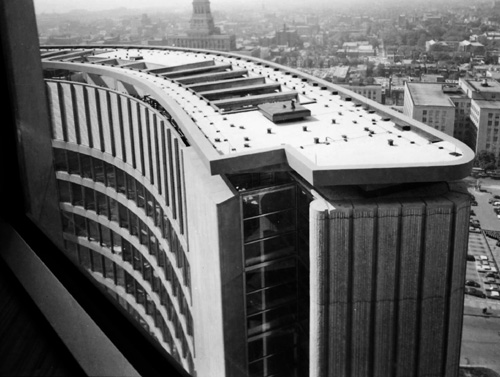
Thanks are due to the City of Toronto, for having the courage and foresight to invite the whole architectural world to contribute towards erecting the first civic centre of this century worthy of the name ...
Siegfried Giedion
Why Concrete Toronto?
Graeme Stewart and Michael McClelland
Editors
This publication celebrates the concrete architecture that was built in Toronto in the 1950s, 60s and 70s. This important period was a time of immense prosperity, when considerable public and private investment had a major influence in shaping Canadian cities. But more significantly, we now suffer a cultural amnesia about this period; we remain critical yet uninformed about its architecture and leave its very large impact on our environment without thoughtful assessment. An appreciation for the architecture of the recent past is a contemporary cultural blind spot. If the making of architecture and the making of cities are inexorably linked, it is clear that the understanding of one requires an understanding of the other. A better appreciation of our recent architectural past gives us greater continuity with the intent, knowledge and ambition of previous generations and a stronger sense of our direction as our city continues to grow.
At the centre of our limited understanding of the architecture of this era is the confusing term Brutalism, now broadly used to cover the style of almost all concrete buildings erected during the period. The word comes principally from the work of English architects Peter and Alison Smithson, who, with their friend Reyner Banham, used the phrase the New Brutalism to propose a practical, honest and no-nonsense antidote to what they regarded as the frivolous modernism of the 1951 Festival of Britain. Banhams early-1950s book was entitled The New Brutalism: Ethic or Aesthetic?, and the title tellingly underlines the implicit contradictions in the Smithsons work can an architectural idea be equally about ethics and aesthetics?
But Brutalism also applies to Le Corbusiers use of raw concrete known in French as bton brut for the exposed finish of his buildings such as the Unit dHabitation, completed in the early 1950s. Today were left uncertain to what degree Toronto architects were influenced by the Corbusian French bton brut, which has some of the same connotations as champagne brut or diamant brut a diamond in the rough and how much they were influenced directly by the Smithsons English utopian experiments in social housing or if neither was actually a strong reference. A closer look suggests many other non-Brutalist cultural connections fed into the design of Torontos concrete buildings. They are as diverse as Rudolf Schindler, the extraordinary Californian architect for whom Irving Grossman had worked, or the engineering innovations of Maillart or Nervi, which influenced Morden Yolles, or simply the sheer impact of the immigrant populations who brought the right skills and trades at the right time.
Richard Serras rare 1970s concrete sculpture in King City shows that concrete was a material for artistic experimentation. At the time, concrete must have seemed incredibly liberating for architects, allowing them to move beyond many of the limitations of earlier construction materials. Concrete could be compressive and tensile and could be made into almost any form imaginable. Where architecture had previously been built on a codified set of values for materials and techniques, like status goods, concrete was inexpensive, locally produced and readily available, and it broke from established practice. Concrete was the perfect material for the postwar period.
But as we celebrate this architecture, we recognize that it will pose interesting questions about taste, as many of the buildings included in this publication still remain controversial both for architects and the general public.
Why is it that we like some buildings and dislike others? And are our likes and dislikes more valid than those of others? These are questions worth asking, but there are no simple answers. We can remind ourselves that values, like tastes in fashion, will change. We can remember that until the 1970s, Torontos Old City Hall was regarded with disdain, as obsolete, fussy, oppressive and cumbersome all too Victorian, in a bad way. Or we can recognize that our values in architecture, even beyond issues of taste, still flow from evolving fields of cultural production and consumption that establish the context for valuation.
Next page

